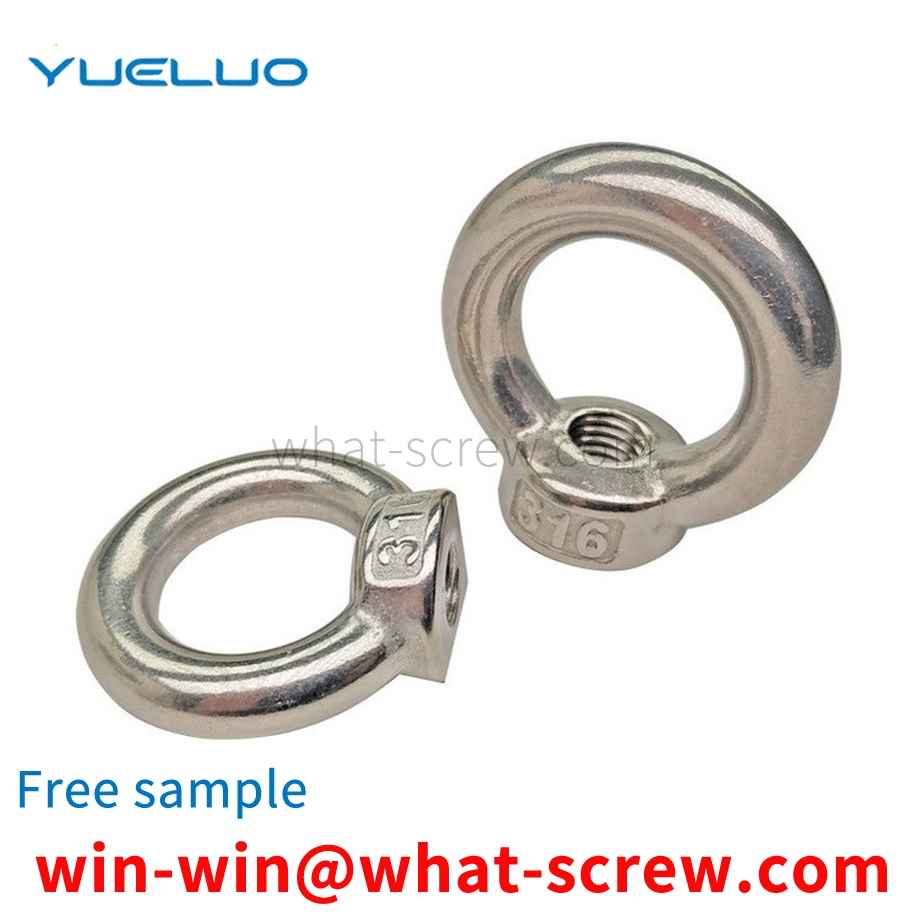For the detection of the shear force of the elastic cylindrical pin, the method and the tooling are marked, but the tooling is only a means to be used on the test bench, and the process of embedding the cylindrical pin into the tooling is a more difficult process. Generally, it is used to place the tooling on a plane, a vise, a simple V-shaped, and a simple U-shaped fixture. Originally, the elastic cylindrical pin was detected by hand or pliers to hold the cylindrical pin and align the pin with the outer cylinder of the tooling. Use a hammer to smash the shear holes, and adjust the concentricity of the inner and outer cylinders of the shear holes of the tooling from time to time. The limitations, dangers and difficulties of this assembly method are relatively large, often testing a set of cylindrical pins, which takes a lot of time and is difficult for lesbians to complete.
④ Screw tooth type A: Self-tapping sharp tail (Japanese standard type 1) sparse AB: Self-tapping sharp tail (Japanese standard type 4) dense; B: Self-tapping flat tail (Japanese standard type 2) sparse; C: Self-tapping Tapping flat tail (the third type of Japanese standard) dense; P: double wire teeth Type triangle teeth CCT: C type triangle teeth PTT: P type triangle teeth STT: S type triangle teeth
As a standard part, it should have its own general specifications. For hexagonal nuts, the commonly used standards are: GB52, GB6170, GB6172 and DIN934. The main differences between them are: GB6170 is thicker than GB52, GB6172 and DIN934. Thick from DIN934, commonly known as thick nut. The other is the difference between the opposite sides, the opposite sides of DIN934, GB6170 and GB6172 in the M8 nut series are 13MM smaller than the opposite side 14MM of GB52, and the opposite sides of M10 nuts, DIN934 and GB52 are 17MM. The opposite side of GB6170 and GB6172 should be 1MM larger, M12 nut, DIN934, GB52's opposite side is 19MM larger than GB6170 and GB6172's opposite side 18MM is 1MM larger. For M14 nuts, the opposite side of DIN934 and GB52 is 22MM, which is 1MM larger than the opposite side of GB6170 and GB6172, which is 21MM. The other is the M22 nut. The opposite side of DIN934 and GB52 is 32MM, which is 2MM smaller than the opposite side of GB6170 and GB6172, which is 34MM. (Besides the thickness of GB6170 and GB6172 are the same, the width of the opposite side is exactly the same) The rest of the specifications can be used in general without considering the thickness.
screw suitable for a variety of tools is a single-structure threaded part, including a screw body and a screw head. The outer surface of the screw body is processed with an external thread 1, and the outer side of the screw head is formed by six screw heads. Prismatic, the top surface of each edge of the outer hexagonal prism is a boss, between each boss is an end face groove 4, and the middle of each boss is provided with an end face hole 3; the inner side of the screw head is formed by six screw heads. The side surface 5 forms an inner hexagonal prism hole, and the bottom of the inner hexagonal prism hole is processed with a cross groove 12 .
When the tightening effect is achieved by the nut, it is often necessary to use a wrench to fix the nut or turn the nut to achieve the fixing effect. During the use process, the size of the nut is fixed, so it is necessary to use the corresponding type of wrench and the corresponding nut. In the tightening operation, during the installation process, the size of the wrench is large, that is, the nut cannot be manipulated, and it takes time to find a suitable wrench, which is inefficient.
We have many years of experience in the production and sales of screws, nuts, flat washers, etc. The main products are: 0.75mm pitch, through-the-wall screws and nuts, anti-loose, non-slip self-locking nuts with pads, and manufacturers supply bolts and other products, we can provide you with The right fastener solution for you.



















 Service Hotline
Service Hotline




